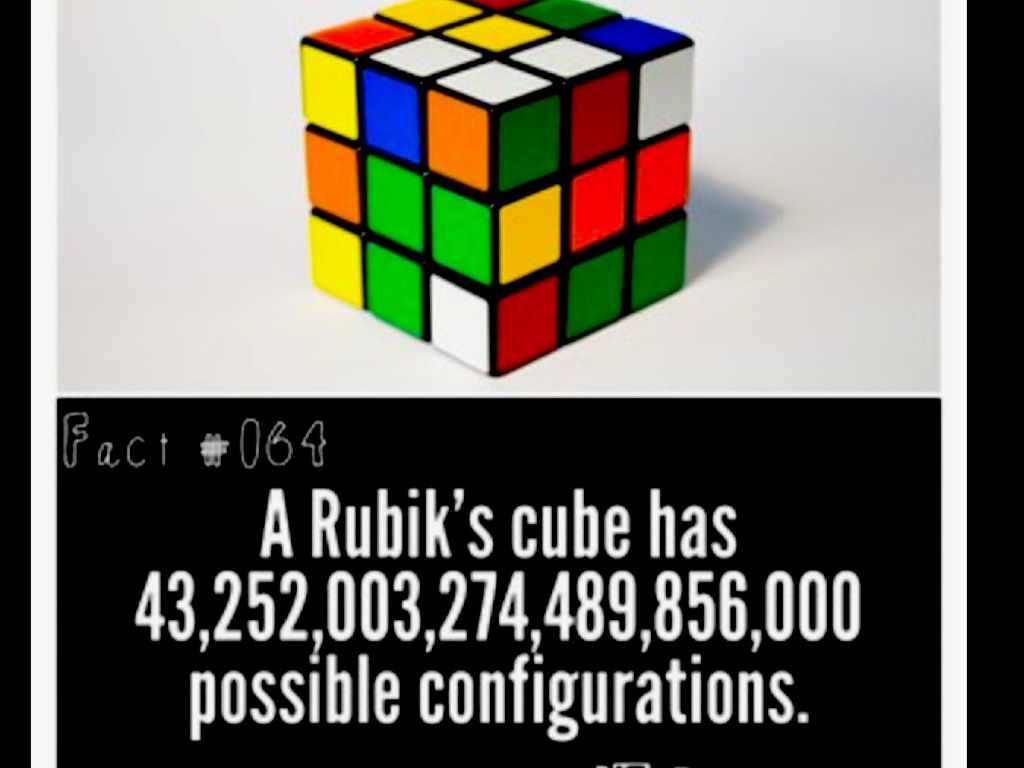1000x1000x1000 Rubik S Cube Software
All documentations for the program 'Best Virtual Rubik's Cube' About 'Best Virtual Rubik's Cube' program. • • • • • Overview 3D software that simulates a real Rubik's Cube. With the mouse you can manipulate the Virtual Rubik's Cube as simply and easily as real one. The main difference between the program and the real Rubik's Cube is that you can define the dimension of the Virtual Rubik's Cube yourself. That is, while a real Rubik's Cube always has the same dimension, the Virtual Rubik's Cube can have a dimension of 2x2x2, or 3x3x3 or 5x5x5 (see picture) or 12x12x12 or 20x20x20.
Or even 200x200x200., 1000x1000x1000 etc. As a real Rubik's Cube, the program great improves your intelligence, logical thinking, memory, and, especially, your spatial imagination. Additionally, there is a very interesting possibility to write a script that determines the rotation of the layers of Virtual Rubik's Cube.

In fact, the writing of these scripts is the most exciting way to get an idea about the basics of programming! Now here is available examples of interesting scripts for the Virtual Rubik's Cube.
Train simulator 2009 demo. The official home of the iconic Rubik's cubes and puzzles. Free Shipping across the Continental US when you spend $35 or more. The Iconic Rubik's Cube. Welcome to grubiks! This site is dedicated to the Rubik's Cube and related puzzles.
Why not use a human oriented solution and program this. You need some pattern matching, but it won't be that hard. (Besides there are programs solving the 1000x1000x1000). The basic idea is to work in phases: • First layer • Second layer • Third layer For each layer you implement a couple of algorithms that turn pattern X into pattern X'. Each step in a phase should bring the cube close to solving. You can do this by adding a value to each pattern (where higher values are given to more unsolved cubes).

You can also add a difficulty (for example the number of turns) so you can select an algorithm based on the best value gain per difficulty (or reach the best result with the least turns). The fun of this approach, is that you can add new algorithms if you like and test how often they are used. So you can test the usefulness of each algorithm. If you really want to earn those geekpoints, create a separate language to describe the algorithms and the pattern they are solving.
I'm not sure I understand your problem and what you mean by shortcuts. If you are using some dynamic programming method for solving the rubik's cube you need to make sure you are looking at enough steps ahead in order to reach a solution. I believe that if you only support 2 types of moves (rotate right, rotate up) you need to look 12 steps (not sure) ahead before deciding on each move in order to ensure a solution. If you are doing something like this and you found that you have run out of space in memory then keep in mind that you only need to retain the path you are traversing in order to decide on the right solution (not the entire tree). I used this approach successfully for solving a rubik's cube in Java so C should have no problems (as far as memory footprint).